A new artificial eye mimics and can outperform human eyes! Possible?
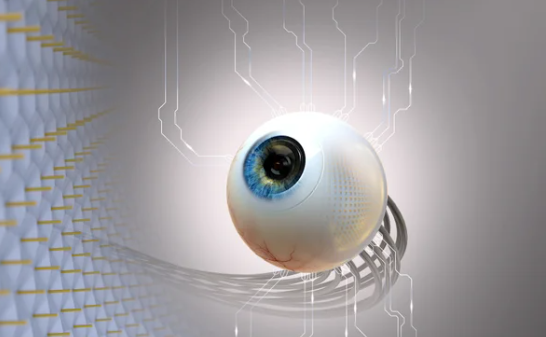
Scientists still can’t rebuild someone with bionic body parts, they don’t have the technology; but a new artificial eye brings cyborgs one step closer to reality. This device, which mimics the structure of the human eye, is so sensitive to light and has a faster reaction time than a real eyeball, this electronic eye has the potential for sharper vision than human eyes, researchers report.
The human eye owes its wide field of vision and high-resolution sight to the dome-shaped retina, an area at the back of the eyeball covered in light-sensing cells. Scientists used a curved aluminum oxide membrane, covered with nanometer-sized sensors made of a light-sensitive material called perovskite, to mimic that architecture in their synthetic eyeball. Wires attached to the artificial retina send readings from those sensors to an external circuit for processing, much like nerve fibers transmit signals from a real eyeball to the brain.
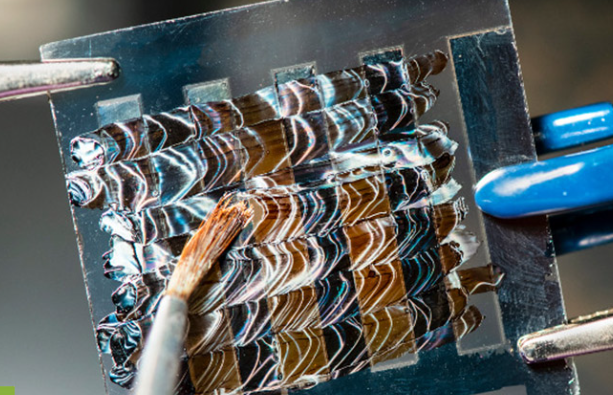
The artificial eyeball registers changes in illumination faster than human eyes, in about 30 to 40 milliseconds, instead of 40 to 150 milliseconds. The device can also see dim light as well as the human eye, although its 100-degree field of view is not as wide as the 150 degrees that the human eye can pick up, it is better than the 70 degrees visible to ordinary flat image sensors.
In theory, this synthetic eye could perceive a much higher resolution than the human eye, because the artificial retina contains about 460 million light sensors per square centimeter, a real retina has about 10 million light-detecting cells per square centimeter; but that would require separate readings from each sensor. In the current configuration, each wire connected to the synthetic retina is about a millimeter thick, so large that it touches many sensors at once, only 100 of these wires pass through the back of the retina, creating images that are 100 pixels.
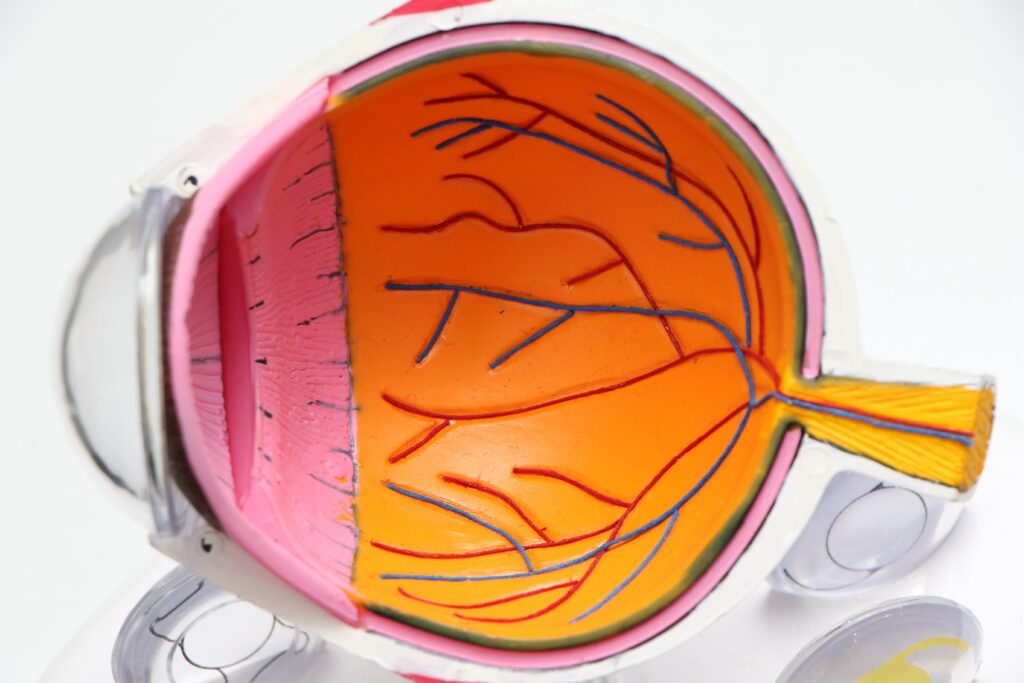
To demonstrate that thinner wires can be attached to the artificial eyeball for higher resolution, the researchers used a magnetic field to attach a small array of metal needles, each 20 to 100 micrometers thick, to nanosensors on the synthetic retina, one by one; it is like a surgical operation.


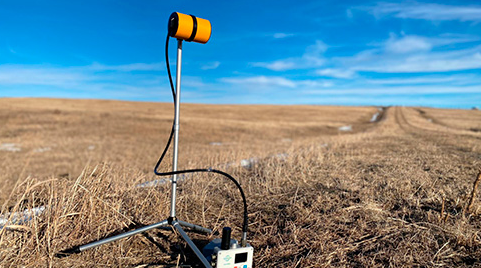

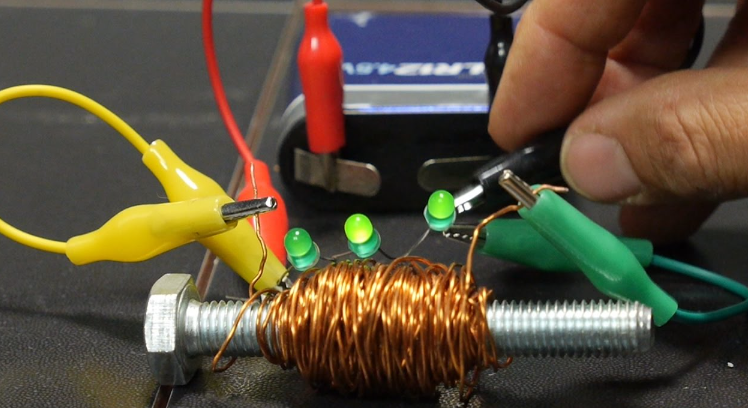
Responses